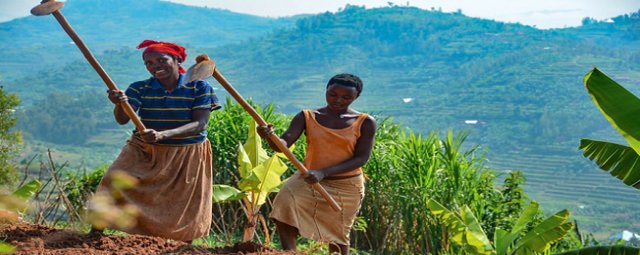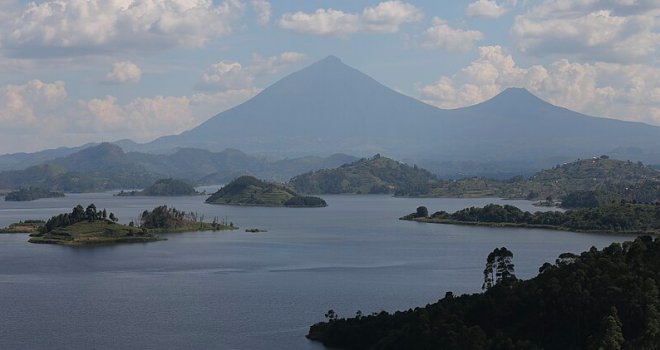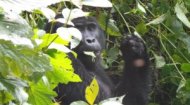|
|
|
Rwanda Images |
Rwanda Images |
Rwanda Images | Rwanda Images |
For information, videos and photos of
the African nation of Rwanda, check out our Rwanda pages.
More >
 |

|
90% of those living in rural Rwanda are engaged in subsistence farming, mainly growing coffee and tea, however most holdings are around one half acre in size, making it difficult to grow cash crops, and these plots are becoming increasingly fragmented as the population grows and they are inherited by children, who may divide the limited land even further between them. Amongst the traditions of the Rwandan people, music and dance play an important role with dancing often divided within tribal lines.The Tutsi people's traditional dance routines commemorate acts of bravery and excellence, whilst the Hutu prefer humorous lyrics and the Pygmies song and dance reflects their hunting roots. Until the uprising, many dance routines were made in honour of the Tutsi Kingship, however, following the Hutu presidency, new dancing routines emerged reflecting Hutu heritage. One of the more popular dancing routines is the gushyayaya (cow dance) with its controlled, elegant movements.
This troupe is based in Butare however they perform nationally chanting and moving in formation whilst carrying traditional weapons. The music itself is African folk music and dancing and music are taught across the country in dance groups. Ironically it was the displacement of many Rwandans following the internal war and genocide to countries such as Belgium that brought Rwanda dancing and music to a wider audience. Music can be heard everywhere in Rwanda from market places, bus stations even at schools before lessons commence, whether it be religious, traditional or popular music. Places worth a visit in Rwanda include the Virunga Volcanoes, the Kigali Genocide Memorial, the Volcanoes National Park (best known for its 300 mountain gorillas), Akagera National Park founded in 1934 on the border with Tanzania with its game and wildlife and Nyungwe Forest, one of the oldest forests in Africa renowned for its primates. |





 Dancing is culturally embedded within Rwanda from spontaneous performances in villages to the Intore Dance Troupe (above) that was founded centuries ago to entertain the royal court, and remains through to the present day. Rwanda is so proud of this dance troupe that they refer to it as "a dramatic spectacle far removed from the often lame tribal dancing offered to tourists in other parts of Africa."
Dancing is culturally embedded within Rwanda from spontaneous performances in villages to the Intore Dance Troupe (above) that was founded centuries ago to entertain the royal court, and remains through to the present day. Rwanda is so proud of this dance troupe that they refer to it as "a dramatic spectacle far removed from the often lame tribal dancing offered to tourists in other parts of Africa."


